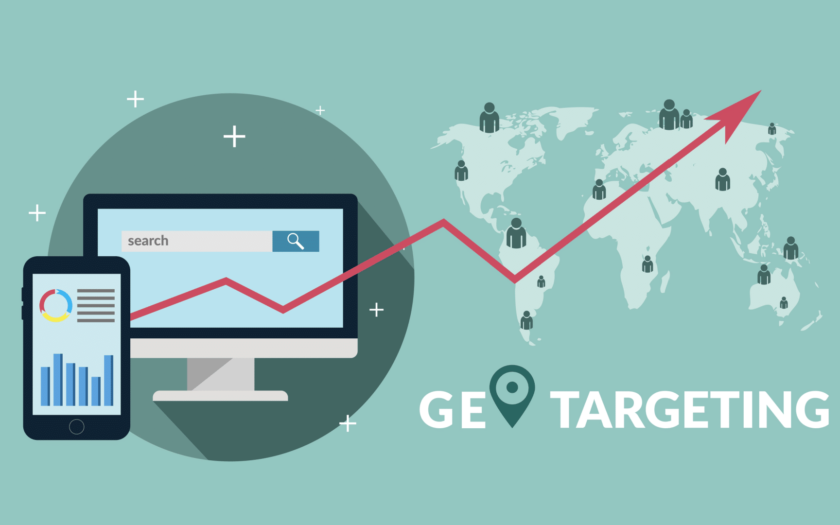Example
An international university in London may want to target prospective students not only in the UK but also in India, Nigeria, and China, where many students research study opportunities abroad.
Instead of only showing ads to users physically in London, the university can serve ads to students in those countries who are searching for “best universities in the UK” or “London MBA programs.”
How to implement
In Google Ads Location Settings, choose Presence or interest rather than just those physically present.
6. Competitor location targeting
Targeting users near competitor locations can be an effective strategy for businesses in industries like retail, hospitality, and automotive sales.
Example
A luxury car dealership could target users who are physically at a competing dealership, serving them ads with offers for test drives, trade-in deals, or financing options.
How to implement
Identify competitor addresses.
Set up custom radius targeting around those locations.
Use ad copy highlighting unique selling points, such as better pricing or exclusive offers.
7. Weather-based geotargeting
Dynamic weather-based targeting allows advertisers to trigger ads based on real-time weather conditions, which can significantly impact consumer behavior.
Example
A luxury beach resort in the Caribbean could increase bids for users in cold-weather cities like Toronto or Chicago when snowstorms are forecast, positioning the hotel as the perfect escape from winter.
How to implement
Use Google Ads Scripts or third-party weather APIs to adjust bids and trigger ad copy changes based on local weather conditions.
8. Hyperlocal targeting with geofencing
Geofencing allows businesses to create ultra-precise boundaries where ads are triggered when users enter a specific area.
This is commonly used for real-time engagement, such as promoting in-store offers or event-based advertising.
Example
A luxury department store in London could set up a geofence around Oxford Street, serving ads to users who are shopping nearby and offering exclusive in-store promotions.
How to implement
Use Google Ads radius targeting with mobile-preferred ads.
Ensure ad creative is tailored for immediate action, such as in-store discounts or event promotions.
9. Local inventory ads for physical stores
For retailers with brick-and-mortar locations, local inventory ads (LIAs) allow businesses to show whether a product is in stock at a nearby store, helping drive foot traffic.
Example
A high-end fashion retailer like Gucci could show ads displaying “This handbag is available at Harrods,” encouraging shoppers to visit the store rather than buy online.
How to implement
Enable local inventory ads in Google Merchant Center.
Connect real-time inventory data to Google Ads.
Dig deeper: 10 advanced strategy ideas for Google Ads
Get your ads in the right place at the right time
Geotargeting has evolved beyond basic location selection.
Today, you can fine-tune campaigns using location intent, competitor radius targeting, weather-based bidding, and real-time bid adjustments to improve efficiency and engagement.
For brands looking to gain a competitive advantage through geotargeting, thinking beyond simple location settings and exploring dynamic, data-driven approaches is key.
As Google continues to refine its location-based advertising tools, staying ahead of these trends will be critical for optimizing ad spend and driving higher-quality leads.
Contributing authors are invited to create content for Search Engine Land and are chosen for their expertise and contribution to the search community. Our contributors work under the oversight of the editorial staff and contributions are checked for quality and relevance to our readers. The opinions they express are their own.
